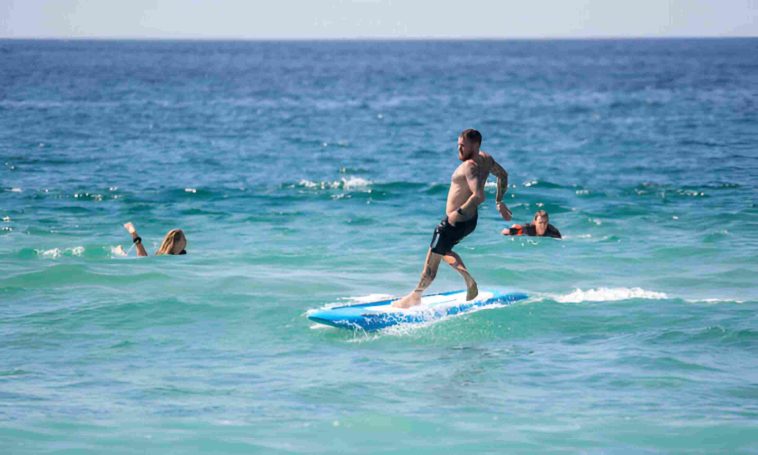Surfing made its historic debut at the Olympic Games during the Tokyo 2020 Olympics, held in 2021 due to the COVID-19 pandemic. This marked a significant milestone for the sport, which has long been associated with beach culture and a laid-back lifestyle. Shortboard surfing took center stage among the disciplines featured, showcasing the world’s best surfers’ athleticism, precision, and artistry.
What is Shortboard Surfing?
Shortboard surfing is the most popular and widely recognized form of competitive surfing. It uses a lightweight, maneuverable surfboard, typically 5 to 7 feet long. Shortboards are designed for high-performance surfing, allowing athletes to execute sharp turns, aerial maneuvers, and rapid transitions on the face of a wave. This surfing style emphasizes speed, power, and innovation, making it a thrilling spectacle for both participants and spectators.
Olympic Format and Judging
In the Olympic shortboard competition, surfers compete in heat, each lasting approximately 30 minutes. During this time, athletes aim to catch as many waves as possible, but only their two highest-scoring waves count toward their total score. A panel of judges evaluates each ride based on difficulty, innovation, speed, power, and flow criteria. The surfer with the highest combined score advances to the next round, culminating in the gold medal final.
Introducing surfing to the Olympics brought a unique challenge: finding waves suitable for competition. Unlike other sports, surfing is highly dependent on natural conditions. For Tokyo 2020, the event was held at Tsurigasaki Beach in Chiba, Japan, known for its consistent waves. However, organizers also considered artificial wave pools a potential venue to ensure optimal conditions.
Historic Moments in Olympic Shortboard Surfing
The inaugural Olympic shortboard competition saw some of the sport’s biggest stars vying for gold. Brazil’s Ítalo Ferreira made history by winning the first-ever Olympic gold medal in men’s shortboard surfing. His victory was marked by a combination of technical skill and creative maneuvers, including a memorable aerial move that earned him high scores from the judges.
American surfer Carissa Moore claimed the gold medal on the women’s side, solidifying her status as one of the greatest female surfers ever. Moore’s performance was a masterclass in wave selection and execution, demonstrating her ability to adapt to varying conditions and outshine her competitors.
The Impact of Olympic Inclusion
The inclusion of shortboard surfing in the Olympics has had a profound impact on the sport. It has provided a global platform for surfers to showcase their talents, reaching audiences who may not have been previously exposed to competitive surfing. This increased visibility has also attracted new sponsors and investments, helping to grow the sport at the grassroots and professional levels.
For many athletes, competing in the Olympics represents the pinnacle of their careers. The opportunity to represent their countries on the world stage has added a new layer of prestige to surfing, elevating its status from a niche sport to a mainstream phenomenon.
Looking Ahead
As surfing continues to evolve, its place in the Olympic program appears secure. The sport’s inclusion in future Games, including Paris 2024 and beyond, promises to inspire a new generation of surfers and fans. With its unique blend of athleticism, creativity, and connection to nature, shortboard surfing is poised to remain a highlight of the Olympic movement for years.
In conclusion, the debut of shortboard surfing at the Olympics has been a game-changer for the sport. It has celebrated the skill and dedication of the world’s best surfers and introduced millions to the beauty and excitement of riding waves. As the sport grows, its Olympic journey will undoubtedly leave a lasting legacy.

